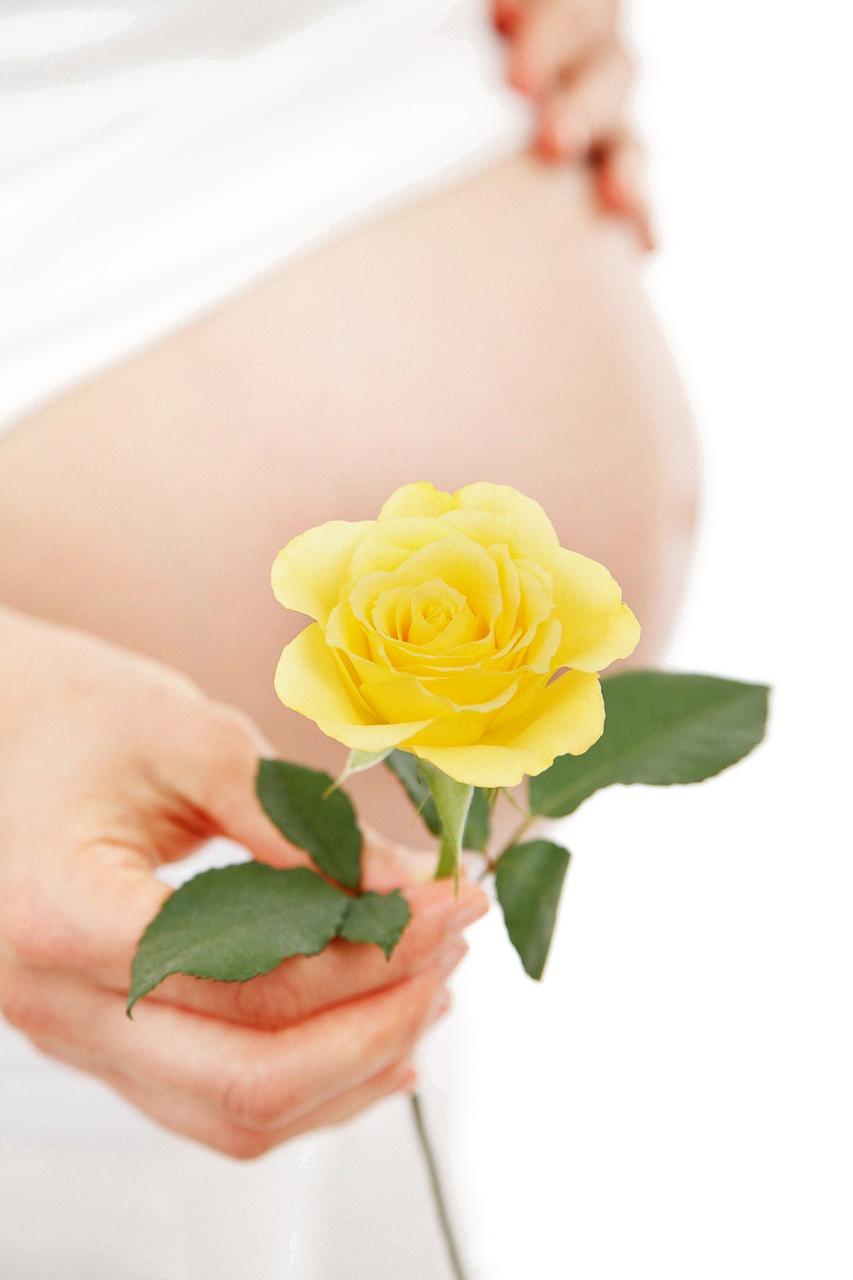When it comes to the process of childbirth, understanding the stages of labor is crucial for both expecting parents and healthcare providers. One of the key indicators that labor has begun is the onset of contractions. These contractions play a vital role in the progression of labor and eventual delivery of the baby.
First Trimester Contractions
Contractions during the first trimester of pregnancy are known as Braxton Hicks contractions. These are often irregular and sporadic, preparing the uterus for the upcoming labor process. They are typically not painful and do not signify the start of active labor.
The Onset of Active Labor
Active labor, on the other hand, is characterized by regular, strong, and increasingly intense contractions that help to dilate and efface the cervix. These contractions work to push the baby down the birth canal, signaling that delivery is imminent.
Three Phases of Labor
Labor is typically divided into three phases: early labor, active labor, and transition. Contractions during early labor may be more spaced out and less intense, serving as the body’s way of preparing for the more intense contractions that come with active labor.
Contractions in Early Labor
During early labor, contractions help the cervix to gradually dilate and efface. These contractions may start off mild but become stronger and closer together as labor progresses. It is in this stage that many women choose to head to the hospital or birthing center.
Active Labor Contractions
As active labor begins, contractions become more frequent, lasting longer and with increased intensity. These contractions play a crucial role in the dilation of the cervix, getting it ready for the baby’s descent through the birth canal.
The Transition Phase
The transition phase is the final stage of labor before pushing. Contractions during this phase are usually the most intense and frequent. They are responsible for fully dilating the cervix, preparing the mother for the pushing stage.
Pushing and Delivery
Once fully dilated, the mother will feel the urge to push. Contractions during this stage help to guide the baby through the birth canal and into the world. It is a challenging yet empowering phase of labor.
Recovery and Postpartum
After delivery, the uterus continues to contract to help expel the placenta and reduce postpartum bleeding. These contractions, known as afterpains, are a natural part of the postpartum recovery process.

